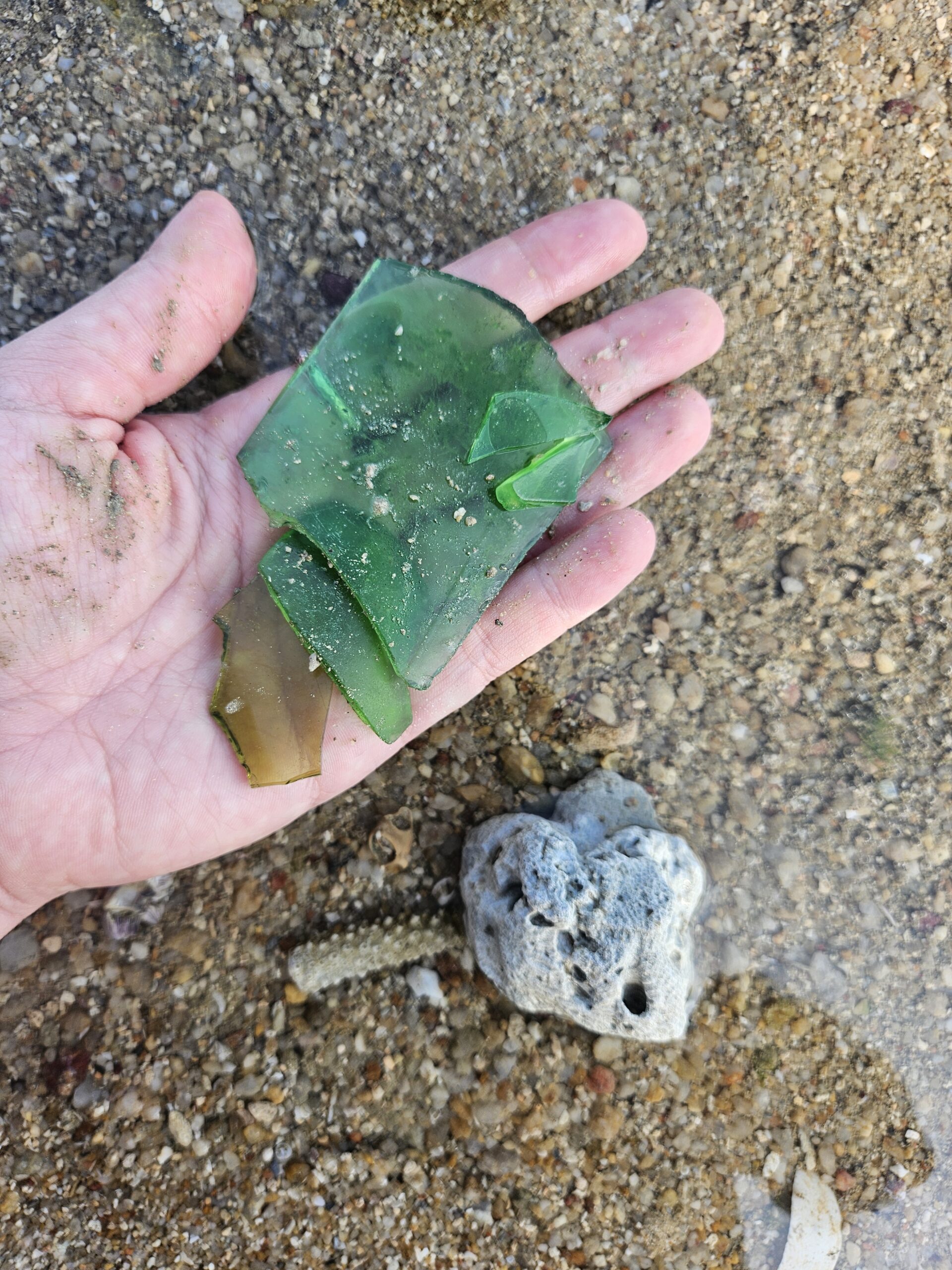Using broken glass collected from the shores of our home island in ceramics was my dream when I started playing with clay as it combines two passions of mine; creating something beautiful and removing harmful trash from the nature.
The idea persisted when we were firing our ceramic pieces with kiln rental basis at a local ceramics factory across a mountain on the other side of the island. However, I had no idea how the randomly collected glass would react to over 1200 C heat and didn’t dare to try it out in a kiln that wasn’t ours.
As the time went by, traveling to the other side of the island with fragile greenware pieces in a box latched on the rack of our Vespa meant losing quite a few pieces every now and then. The factory had huge kilns that they would fire roughly every 5-6 weeks. The long waiting time between firings along with other challenges made us decide on getting our own kiln.
As many fellow potters can probably relate, getting your own kiln brings an unimaginable level of freedom of experiment. It opens up the thrilling world of trial and error and allows you to work at your own pace. Hence, we were ready to start experimenting with the different shades of green glass (mostly broken beer bottles) that we had been collecting on the beaches of Phuket.

Happily, the experiments were immediately successful and we were absolutely exhilarated by the beautiful colors and the delicate crackle underneath the smooth surface! The area on the edges of the pool of melted sea glass with white lining creates an appearance similar to a gentle wave softly crashing the shore.
We have been mainly making small dishes such as incense holders, candle holders and jewelry dishes using beach glass. The light reflection of the ready pieces is really beautiful, and especially with one of our darker, groggy clays we achieved an amazing jewel effect.

How we use melted sea glass in ceramics
1
We collect broken glass during our beach cleanups when visiting the beaches here in Phuket and other areas in Southern Thailand. Most glass findings are broken beer bottles. Ensure that the material is indeed glass before incorporating it into your ceramics projects
2
Beach glass should be properly cleaned from sand and other debris. Be careful when handling broken glass. We normally use running water, sponge and sometimes mild soap if needed
3
Check the size of the pieces of glass in comparison to your ceramic piece. Break the glass into smaller pieces if needed.
We have found it helpful to have an area where the melted glass can safely pool into, but have tested also with items with holes such as soap dishes, and in our experiments the melted glass did not run through the holes.
4
We have tried using broken glass in ceramics in three ways: on clear glaze, on white glaze and raw without applying any glaze under the pieces of glass. All worked great, so this step depends on the desired look you are going for, whether it’s more organic or clean and polished.
5
After bisque firing, we wither apply glaze or leave the surface raw, and place the broken glass on the ceramic piece. We fire normally along with other pieces to stoneware, 1220 C with 10 minute hold. Please note, that the surface of the ceramic piece with melted glass is not considered food safe due to the crackle.

